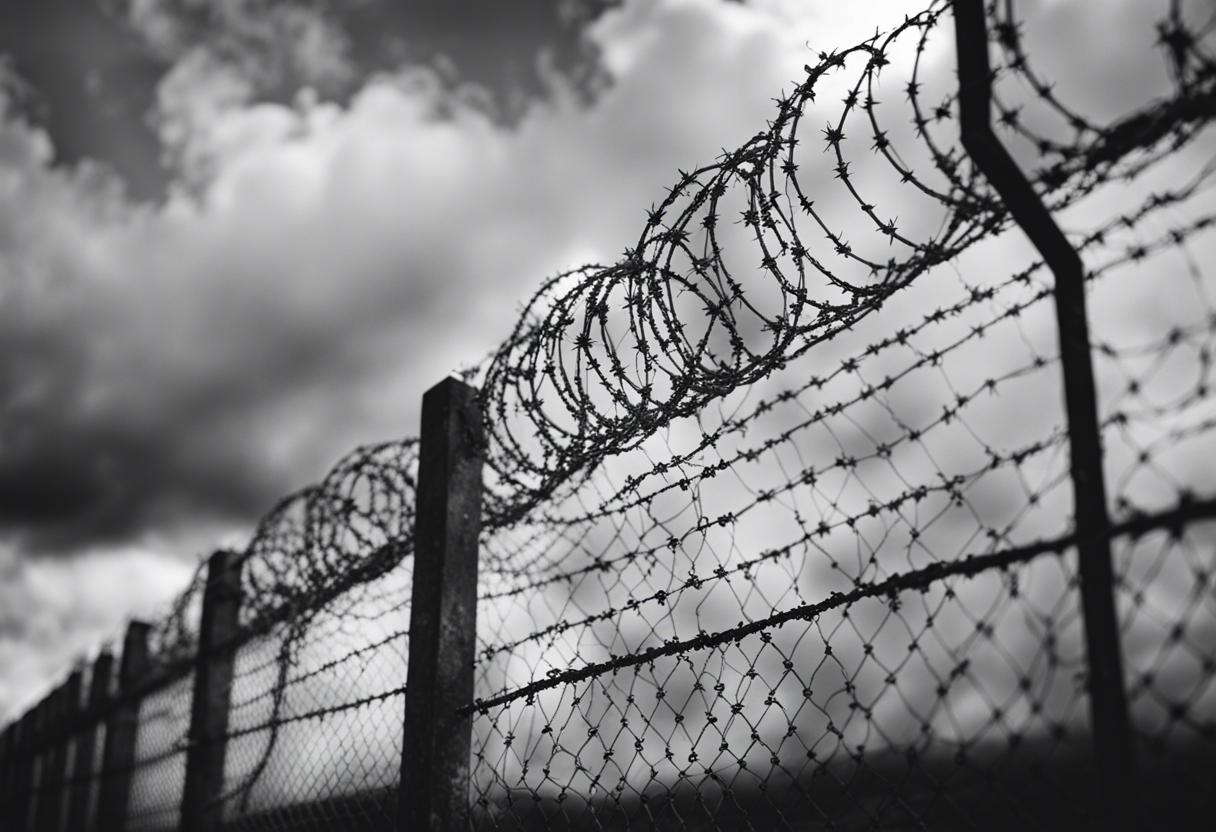Portlaoise Prison’s C wing, known for housing serious offenders including gang-affiliated murderers and individuals from the Kinahan organised crime faction, is one of the most tightly guarded segments of the entire correctional system. The comprehensive security setup, featuring a battalion of armed forces, renders escape virtually unfeasible. However, the import of illegal substances isn’t as challenging, as seen on Tuesday when we saw 11 inmates from C wing hospitalised due to presumed drug overdoses.
The fight against drug trafficking within prison walls has been a longstanding struggle for prison authorities, with few victories to their name. Illicit materials manage to infiltrate the prison through various channels, including visits, package deliveries and on some occasions, unscrupulous guards. Even a method as crude as throwing drugs over walls for awaiting prisoners remains operational.
In a more technologically advanced scheme, criminals have been reportedly using drones to transport packages to inmates. Reports suggest that as the illicit traders’ drone operation skills improve, they become more capable of dodging the measures in place by the Irish Prison Service (IPS).
One unconventional approach includes using drones to drop flaming tennis balls onto the nets that cover prison yards, aiming to prevent drug deliveries. The tennis balls burn and create holes in the nets, allowing for drug parcels to be descended through them. Though the IPS has procured devices designed to block drone signals, Karl Dalton, the general secretary of the Prison Officers’ Association (POA), stated in April that this technology has essentially become obsolete.
Dalton disclosed that the IPS had bought ‘interceptor drones’ designed to neutralise the smugglers’ drones, but they have remained unutilised. Dalton lamented that the recent occurrences in Portlaoise Prison were somewhat unavoidable.
Authorities have shown that incidents of drug smuggling intercepted have ballooned over the past ten years. A mere 715 instances were reported in 2016, but by 2021, this number had surged to more than twice the original figure, reaching 1,518. The number reduced to 1,294 last year, but there’s still a question regarding how many slip through the net unnoticed.
The influx of lethal synthetic opioids like nitazene into Ireland raises a pressing concern. Nitazene which boasts a strength many times that of opium is often masqueraded as heroin or synthetic cannabis and has been tied to numerous fatalities in the USA and Europe.
Around a year ago, when nitazene was initially identified in Ireland, the Irish Prison Service anticipated its spread within prison populations, a fear that materialised last month when a Mountjoy Prison inmate died of an overdose after using the drug.
Prisons are seen as especially vulnerable due to the simplicity with which drugs can be smuggled in and the fact that substances are typically consumed by prisoners at a rapid pace before they can be confiscated. This fast consumption allows a dangerously potent batch to have devastating effects before adequate precautions, such as alerts or the distribution of extra doses of the overdose-reversing drug naloxone, can be implemented.
The escalating overcrowding issue within the prison system exacerbates these challenges. Presently housing 5,017 prisoners, the bed capacity surpasses 112%.
Such immense overcrowding puts severe strain on resources, reducing the chance of drugs being caught before they reach the prisoners. It also complicates prisoners’ access to drug rehabilitation programmes, which could decrease the demand for such substances. Additionally, overcrowding results in reduced staff availability for conducting workshops or educational classes. As a consequence, prisoners are likelier to remain idle and more prone to the use of harmful drugs.

